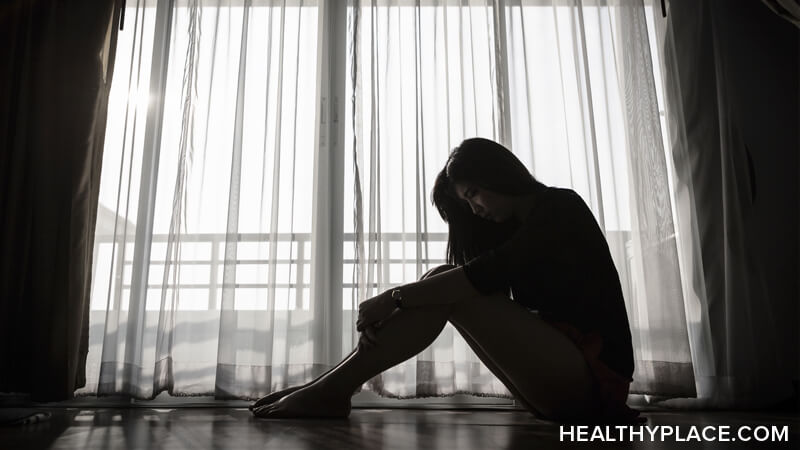Common Types of Sleep Disorders

Covers most common types of sleep disorders including snoring and sleep apnea, insomnia, parasomnias, sleep paralysis, circadian rhythm disorders, and narcolepsy.
There are over 100 identified types of sleep disorders and while specific causes aren't fully understood, contributing factors to sleep disruption are being narrowed down. Below, are descriptions of the most common types of sleep disorders.
Sleep Disorders Types
Snoring and Sleep Apnea
Nearly everyone snores on occasion. Snoring is typically produced by the vibration of soft tissues in the nose, throat, and mouth, caused by the relaxation of sleep. However, sometimes there is more to snoring than just disturbing the sleep of the person next to you.
Snoring may also indicate a narrowing upper airway associated with obesity, nasal congestion, a malformation of the area, allergies, asthma, hypothyroidism, adenoid enlargement or a hormonal disorder.
In severe cases, snoring may indicate that a person's breathing is actually stopping during sleep. This is known as obstructive sleep apnea. Risk factors for this condition include heredity and large neck circumference. This condition is more prevalent in older adults, males and is three times more common in smokers 6. Physical abnormalities can also cause this condition.
While sleep apnea most commonly causes awakening in order to reinstate proper breathing, it may also create a drop in blood oxygen and worsen other disorders such as hypertension, heart failure and diabetes.
An additional form of sleep apnea is caused by the brain failing to signal your body to breathe. This rare condition is known as central sleep apnea and primarily appears in individuals with central nervous system conditions or neuromuscular disease but can occasionally occur in healthy individuals at sleep onset.
Sleep apnea is made worse by consuming alcohol which further relaxes the soft tissues around the airway.
Insomnia
Insomnia is a broad class of sleep disorders indicating a problem getting to sleep or staying asleep and is far and away the most common sleep complaint.
Acute insomnia is a common variety and is defined as insomnia that lasts less than three months. Acute insomnia typically results from an identifiable cause such as stress, jet lag, shift-work, a change in the sleeping space such as noise or light, or use of medications such as stimulants. This type of insomnia occurs despite ample opportunity for sleep and impairs daytime functioning.
Longer-term insomnia may be a result of medical or psychiatric conditions, poor sleep habits or medication.
Parasomnias
Parasomnias are undesirable experiences that occur "around sleep". Parasomnias include:
- sleepwalking
- sleep terrors
- sleep sex
- sleep eating
- sleep paralysis
Despite appearing active or purposeful, the individual retains no memory of these experiences.
REM sleep behaviors, wherein the person acts out their dreams, are also in this class. This type of sleep disorder can be quite dangerous to the individual and those around them, as common behaviors include reaching, punching, kicking, falling out of bed, running or striking furniture. These behaviors often result in injuries, ranging from a minor cut or bruise to severe injuries such as a broken bone or bleeding in the brain. This disorder affects about 4 - 5 people out of 1000 and in about 90% of cases, consists of men in their 50s and 60s.7
Sleep Paralysis
Sleep paralysis occurs during the transition from sleeping to waking, either when falling asleep or when waking up. Typically, the individual wakes up, opens their eyes, and finds their body paralyzed. This is commonly accompanied by visual and auditory hallucinations, terror, a sense of a menacing presence and breathlessness. Possible contributing factors to experiencing sleep paralysis include sleep deprivation, sleep schedule disruption, and stress.
While the experience may be frightening, the disorder is not itself harmful and typically does not require treatment. It is thought that 20% - 60% of people experience sleep paralysis at some point in their lives, but few people have a large number of episodes.8 Sleep paralysis occurs during REM sleep and is possibly a result of REM sleep interruption. The disorder may be a symptom of narcolepsy and is also associated with anxiety disorders.
Circadian Rhythm Disorders
Circadian rhythm disorders occur when the natural body clock gets out of sync with external time cues like the environmental dark-light cycle. This is common with shift-work, jet lag, changing time zones or a lack of external cues for prolonged periods (such as remaining in a room without windows). Circadian rhythm disorders can result in a person falling asleep too early or too late and can create insomnia.
Narcolepsy
Narcolepsy is a neurological condition resulting from the inability to regulate the states of sleep and wakefulness. The four classic symptoms of narcolepsy are:
- excessive daytime sleepiness
- sleep paralysis
- vivid hallucinations near the onset of sleep (hypnagogic hallucinations)
- and a sudden loss of muscle tone triggered by strong emotions (cataplexy).9
It is thought that narcolepsy is caused by a lack of a specific hormone (hypocretin) in the brain.
APA Reference
Tracy, N.
(2019, September 8). Common Types of Sleep Disorders, HealthyPlace. Retrieved
on 2025, December 5 from https://www.healthyplace.com/other-info/sleep-disorders/common-types-of-sleep-disorders



